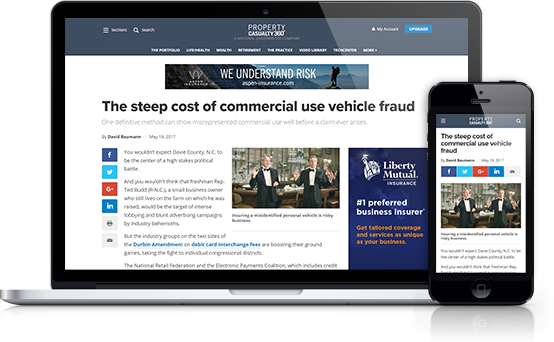Direct-repair partnerships have evolved in recent years; when done well, they create efficiencies that benefit insurers, policyholders, and restoration partners alike.
“Highly valuable direct-repair relationships really come down to trust and communication,” says Ken Davis, director of national accounts at the BELFOR Franchise Group’s Claims Partnership program. “Insurers need partners who are reliable, upfront about costs and estimates, and committed to high-quality work.”
Davis also explains that today’s environment adds both complexity and opportunity for direct-repair relationships. The best partnerships are those that embrace new technologies and tools, while also still prioritizing strong human connections.
Recommended For You
Digital tools improve speed, but training builds confidence
Digital tools have changed how insurers and repair partners collaborate, says Davis. “Now, they share data in real time. That speeds up approvals and estimates. The strongest partnerships use technology and innovation while still keeping that personal touch.”
He adds that upfront training and standardization go a long way in building stronger relationships. BELFOR Franchise Group’s Claims Partnership program includes 50,000 square feet of training facilities where adjusters get hands-on experience.
“We want to get our partners up to Ann Arbor and into our training facility. We want to shake your hand. We want to train,” says Davis. “So when you get an estimate from 1-800 WATER DAMAGE or Blue Kangaroo Packoutz, you’re not questioning it—everyone’s been trained to the same standard.”
This consistent training not only improves accuracy, but also helps reduce claim cycle times through calibration meetings, dedicated resources, and ongoing education.
Getting the most from direct-repair relationships
Proactive communication is one of the most important parts of a successful direct-repair relationship, says Davis. “Anything that comes up, whether it’s delays, issues in the claims process, or policy limits—it’s important to address it early and get ahead of it. Proactive communication is extremely important in this industry.”
Clear performance benchmarks also matter. Davis notes that KPIs for quality work, pricing, and turnaround times should be the standard. “When you consistently meet those KPIs through a service agreement, it leads to better customer service and stronger policy retention.”
As insurers know, improving policyholder retention has a large financial upside. Research shows that a 5% increase in customer retention can lead to a 25%-95% increase in profitability. That’s why Davis stresses that while cycle time and cost accuracy are important, policyholder satisfaction remains the ultimate goal.
“Most insurance companies are profitable businesses,” Davis says. “If they’re not sustaining their profitability, then they’re going to have to cut costs, which nobody wants. So if we ensure the estimates are as accurate as possible, it leads to higher customer satisfaction and retention.”
He adds that when insurers can rely on trusted documentation and consistent training, they not only close claims faster, but also keep policyholders happy and loyal.
For more insights from the Claims Partnership team of experts, click here.
© Touchpoint Markets, All Rights Reserved. Request academic re-use from www.copyright.com. All other uses, submit a request to [email protected]. For more inforrmation visit Asset & Logo Licensing.







